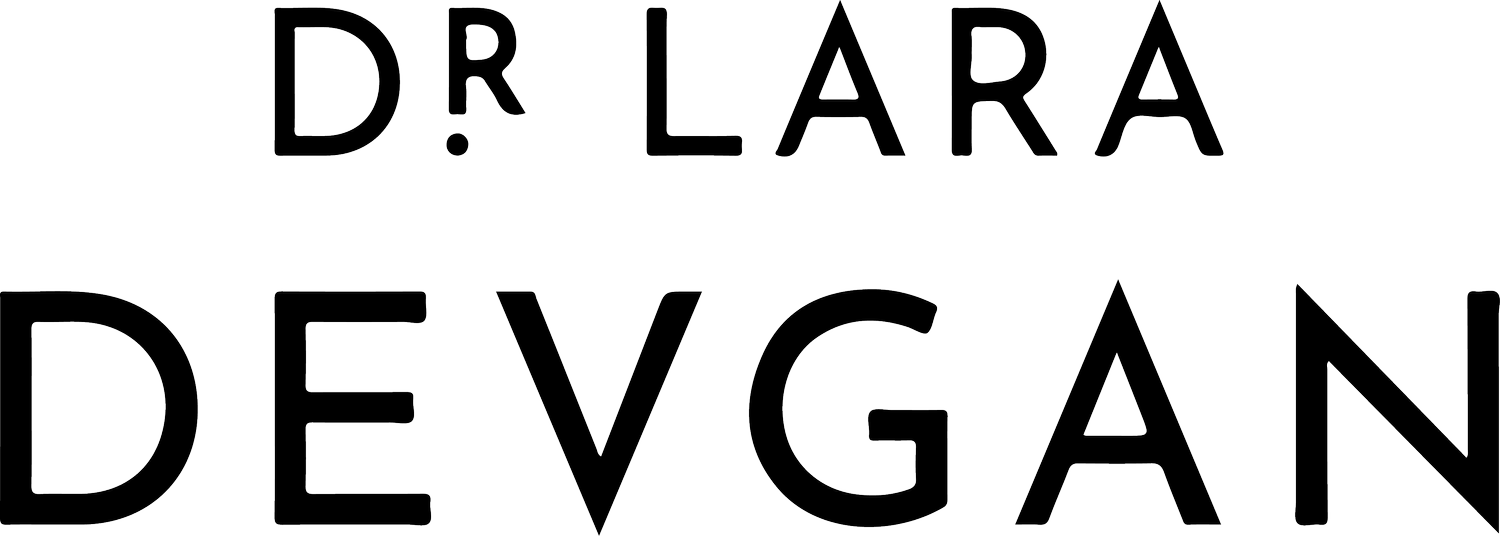Aesthetic Philosophy 101
Symmetry, the Golden Ratio, and the Evolving Ideals of Beauty
As a plastic surgeon, I often say that beauty is in the details. It’s not about overhauling a face but micro-optimizing it so that every angle, shadow, and line comes into balance. In aesthetic philosophy, this means studying not only the techniques of enhancement, but the underlying principles of what we perceive as beautiful.
The Golden Ratio: Beauty by the Numbers
The Golden Ratio (approximately 1.618:1) has fascinated artists, architects, and scientists for centuries. Known as phi, this ratio appears repeatedly in nature—in spiral galaxies, sunflower seeds, seashells, hurricanes, and even DNA helices.
Leonardo da Vinci used the golden ratio in the Vitruvian Man to map out the "ideal human proportions." Ancient Greek architects applied it to temples like the Parthenon. In aesthetic medicine, we use this ratio to evaluate:
The width of the nose relative to the intercanthal distance
The height of the upper lip compared to the lower lip
The ratio of forehead, midface, and lower face lengths
The distance from the nasion to the tip of the nose in relation to nasal width
We also see this ratio play out in surgical planning—from aligning brow arches to optimizing the canthal tilt, from defining philtral columns to sculpting the ideal chin projection.
Studies have shown that faces closest to these proportions are more universally perceived as beautiful, regardless of race or background. In a 2009 study published in Vision Research, researchers found that symmetry and adherence to the golden ratio predicted perceived attractiveness more accurately than makeup or styling.
But this isn’t about forcing geometry onto humanity. It’s about understanding why harmony draws the eye. Our brains are hardwired to seek patterns, and phi often serves as a visual shortcut to interpreting a face as balanced and pleasing. The golden ratio is not a rule; it is a reference—a way to contextualize what feels "right" without removing the room for personal character.
Subscribe to “Plastic by Dr. Lara Devgan” for more posts on Substack using the following button.














